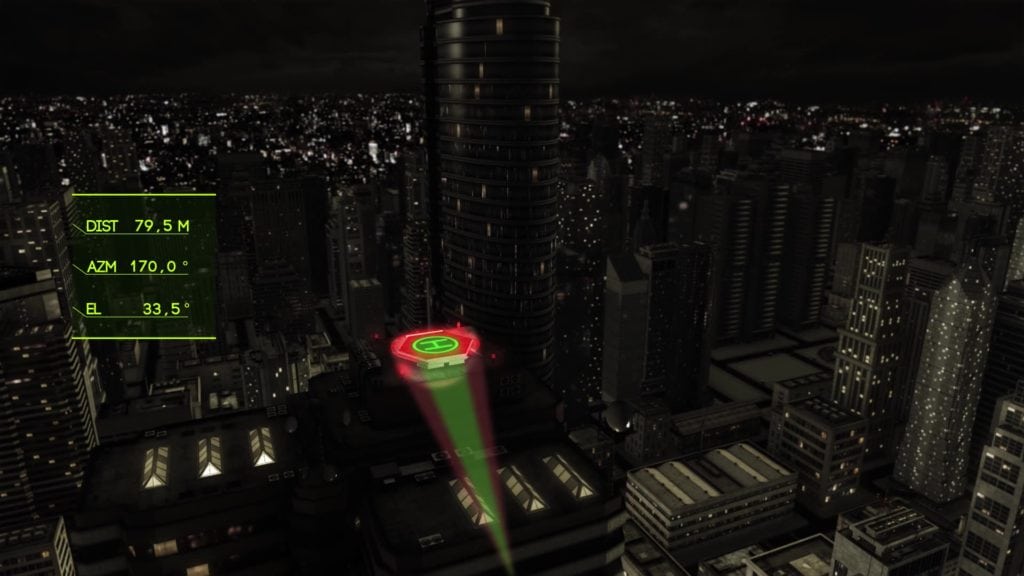
Image courtesy of Airbus Helicopters, copyright PAD
Airbus Helicopters plans next week to flight test an experimental onboard image processing management system intended to support automatic helicopter approaches and landings in degraded visual conditions and sense-and-avoid capabilities for unmanned vertical takeoff or landing aircraft.
The company’s vice president of research and technology, Tomasz Krysinski, told Helitech International attendees in London that the system, Eye for Autonomous Guidance and Landing Extension (Eagle), has been undergoing ground tests since May and would take to the air next week on a H225M.
Eagle uses gyro-stabilized optronics, including a gimbaled, high-resolution camera unit and two airframe-mounted, fixed, high-resolution cameras to contribute to a stabilized, clear image and onboard video analytics for object detection and tracking and digital noise reduction. For example, Krysinski said, the system can spot the “H” on a helipad and track it during an approach.
Krysinski said Eagle could improve a crew’s situation awareness and reduce pilot workload by automating takeoffs, approaches and landing in the most demanding degraded conditions and challenging environments. He said the system could enter service on existing rotorcraft by the end of the decade.
“While existing missions, such as search and rescue and offshore transportation, would benefit from Eagle’s capabilities, the system would also help address future requirements” for urban air mobility operations, Krysinski said. “Eagle would also contribute to improve the safety, autonomy and performance of future unmanned vehicles.
This follows Airbus’ Oct. 3 announcement that its demonstrator for the self-piloted electric VTOL aircraft, CityAirbus, had completed a round of testing. The company tested the propulsion system, checking the individual performance of the ducted propellers, as well as the integration of the full-scale propulsion unit with two propellers, electric 100 KW Siemens motors and all electrical systems.
CityAirbus would carry up to four passengers over congested urban areas. It features a four-ducted propeller configuration. CityAirbus’ first flight is scheduled for the end of next year.